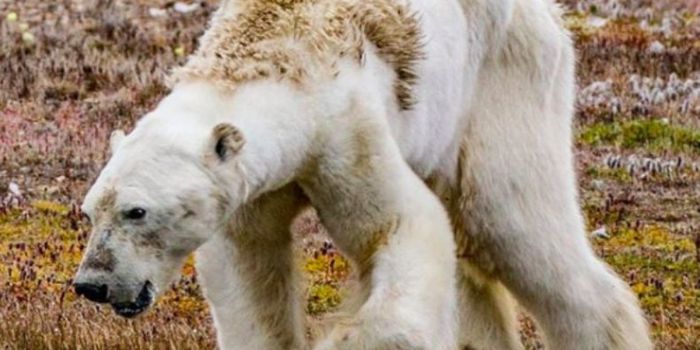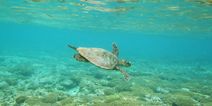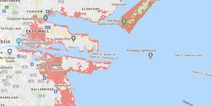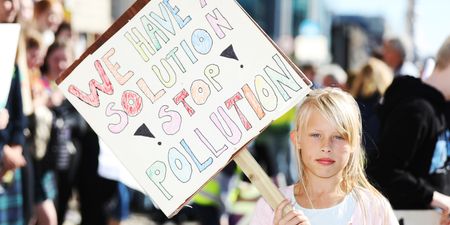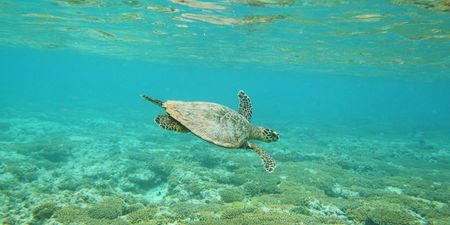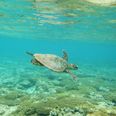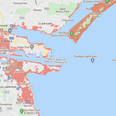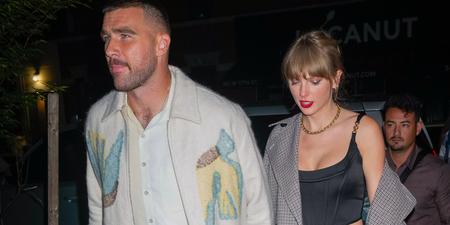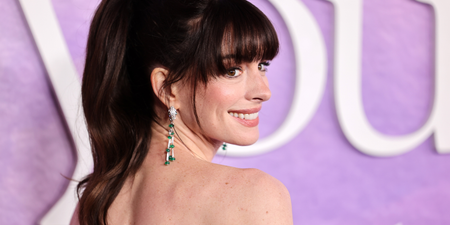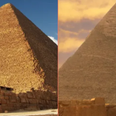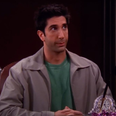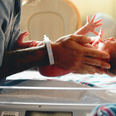In recent days, a devastating video of a starving polar bear has gained a lot of traction.
And after watching it for ourselves – we can certainly see why.

The clip was shot in Canada by Paul Nicklen – co-founder of the Sea Legacy charity and a National Geographic photographer – and shared on his Instagram account.
It subsequently notched up some 1.2m views in five days, igniting in the process much talk about global warming and the environment.
In the hard-hitting accompany caption, Paul wrote:
“My entire @Sea_Legacy team was pushing through their tears and emotions while documenting this dying polar bear. It’s a soul-crushing scene that still haunts me, but I know we need to share both the beautiful and the heartbreaking if we are going to break down the walls of apathy.
“This is what starvation looks like. The muscles atrophy. No energy. It’s a slow, painful death. When scientists say polar bears will be extinct in the next 100 years, I think of the global population of 25,000 bears dying in this manner. There is no band aid solution. There was no saving this individual bear.
“People think that we can put platforms in the ocean or we can feed the odd starving bear. The simple truth is this—if the Earth continues to warm, we will lose bears and entire polar ecosystems. This large male bear was not old, and he certainly died within hours or days of this moment.
“But there are solutions. We must reduce our carbon footprint, eat the right food, stop cutting down our forests, and begin putting the Earth—our home—first.
“Please join us at Sea Legacy as we search for and implement solutions for the oceans and the animals that rely on them—including us humans. Thank you your support in keeping my Sea Legacy team in the field.”
Then on Saturday, the photographer shared a follow up video of a stronger, healthier-looking bear roaming an ice-pack, commenting:
“This week I posted a video of a starving bear. It was difficult to film, and even harder to watch, as evidenced by the reactions it elicited. The truth is hard, but photojournalism is more than pretty pictures. It can be a difficult job.
“Journalism exposes—raw and without bias—the world’s issues in the interest of transparency, honesty and, I believe, change for the better.
“At Sea Legacy, we want to break down the walls of apathy and move people to change. We went to the Canadian Arctic to document the effects of climate change. We found the good, the bad and the ugly, but mostly just beautiful animals and landscapes we want to protect.
“We will continue to share it all with you in the interest of creating positive and lasting change. Thank you for helping us.”
